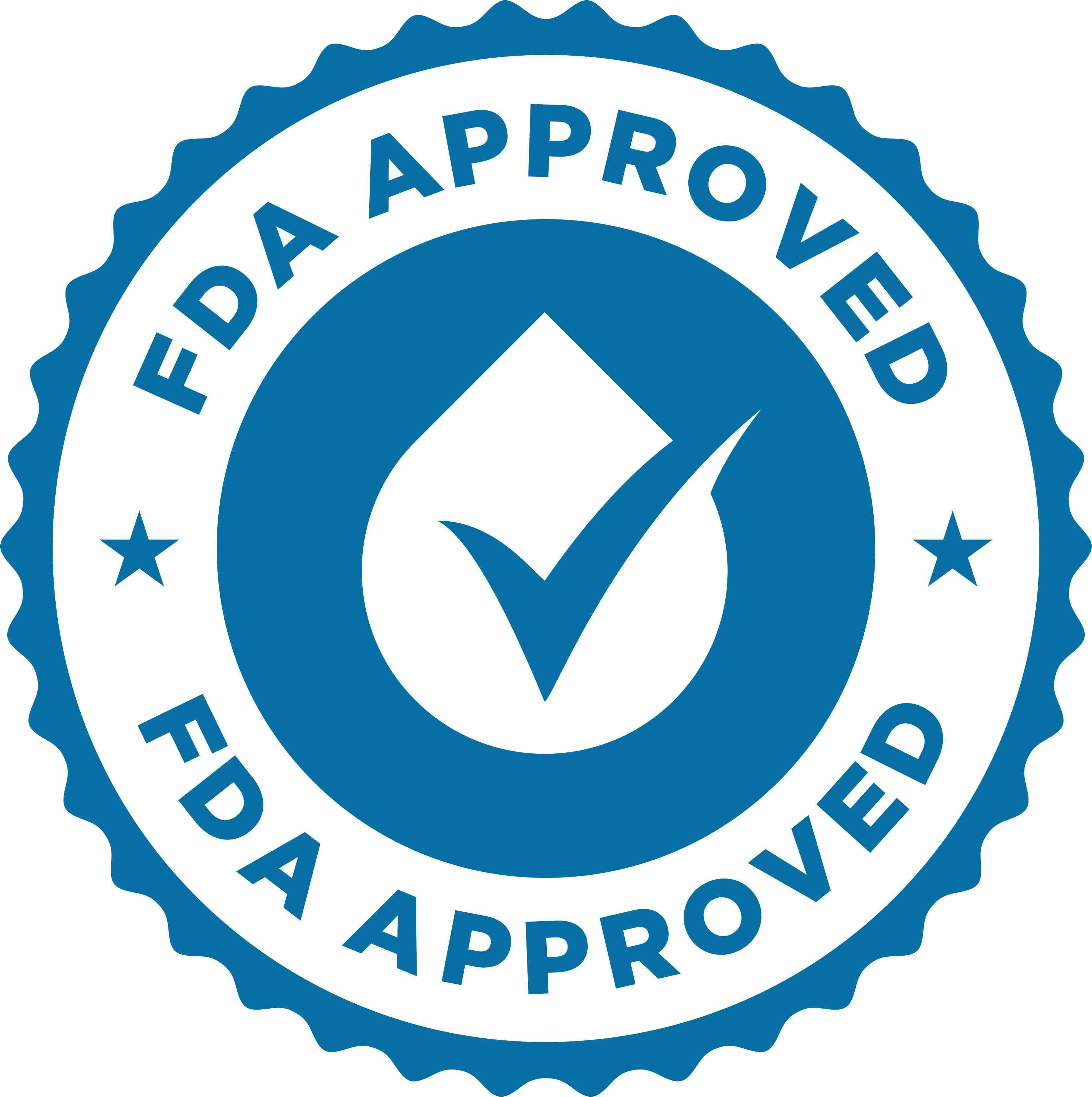- Acne
- Actinic Keratosis
- Aesthetics
- Alopecia
- Atopic Dermatitis
- Buy-and-Bill
- COVID-19
- Case-Based Roundtable
- Chronic Hand Eczema
- Chronic Spontaneous Urticaria
- Drug Watch
- Eczema
- General Dermatology
- Hidradenitis Suppurativa
- Melasma
- NP and PA
- Pediatric Dermatology
- Pigmentary Disorders
- Practice Management
- Precision Medicine and Biologics
- Prurigo Nodularis
- Psoriasis
- Psoriatic Arthritis
- Rare Disease
- Rosacea
- Skin Cancer
- Vitiligo
- Wound Care
News
Article
Marcelo Bigal, MD, PhD: VENT-03's Modality Offers Hope for Targeted Therapy in Skin Disorders
Marcelo Bigal, MD, PhD, discusses VENT-03's potential as a small molecule therapeutic in dermatology, among other fields.
Ventus Therapeutics recently initiated a phase 1 clinical trial for VENT-03, the first cGAS inhibitor to advance into clinical development. The trial, involving the dosing of the first participant, aims to assess the pharmacokinetics, pharmacodynamics, and safety of VENT-03 in healthy volunteers. Ventus is utilizing its proprietary platform, ReSOLVE, which combines structural biology and computational chemistry, to develop small molecule therapeutics. Results from the trial are expected in the second half of 2024, marking the company's second program brought to the clinic in the last 6 months.
In a recent interview with Dermatology Times, Marcelo Bigal, MD, PhD, a neurologist with a PhD in neuroscience and the CEO and president of Ventus Therapeutics, spoke of VENT-03's potential as a small molecule therapeutic in dermatology, among other fields.
Marcelo Bigal, MD, PhD, Ventus Therapeutics

Q&A
Marcelo Bigal, MD, PhD: My name is Marcelo Bigal. I am a neurologist with a PhD in neuroscience. I’m the CEO and president of Ventus Therapeutics, and I have some experience in developing medications.
Dermatology Times: What is the significance of VENT-03? What is its significance as a first-in-class cGAS inhibitor?
Bigal: What is the target? What is this protein called cGAS? I think understanding this is crucial to understanding what the problem is that this would solve in dermatology; obviously, cGAS is not a dermatology-only target.
Our cells have sensors. If we could step back to the very basics, we humans have 2 types of immunity. One that is acquired: it’s acquired by breastfeeding, from a mother, from a vaccine, or from being exposed to something and then acquiring resistance to that something. This is called adaptive or acquired immunity. One hundred percent of us are also born with something that is innate: innate immunity. You have it; you don't need to acquire it. It is your first line of defense. cGAS belongs to this. cGAS is an innate immunity target, and it’s inside the cell. What cGAS senses is DNA in the cytoplasm. DNA should not be there. If DNA is there, it comes from outside, from an infection or from mitochondrial leakage. That’s the part that’s going to be very interesting to dermatology.
When cGAS senses DNA, it causes the release of interferons because it’s trying to combat something. But, when cGAS senses DNA in normal cells, the release of interferons is attacking normal cells. This interferonopathy is behind many diseases: neurological diseases, systemic inflammatory diseases, and dermatological diseases. The problem has been that, until now, cGAS was undruggable. We knew of its existence, we knew of its importance, but we did not know how to get a small molecule inside the cell to block cGAS. This is the relevance. We figured out how to overcome the chemistry challenges, which allowed us to become the first company to target cGAS, which is notoriously a very biologically relevant target.
Dermatology Times: How does VENT-03 target cGAS to address inflammatory diseases and conditions?
Bigal: A lot of the dermatological conditions that matter are inflammatory in nature: from acne, to lupus, systemic sclerosis, and dermatomyositis. They all have a very solid inflammatory component. The main challenge in dermatology, I think, is that a lot of the therapies are non-targeted therapies. They're either topicals or oral non-targeted therapies, like steroids or immunosuppressants.
The targets of these therapies, they just try to block inflammation or are immunosuppressive. By doing so, they're blocking the good inflammation as well; not only the inflammation that's causing the disease, but the inflammation that is necessary for us to survive.
There are also inflammatory diseases, such as lupus, where you have targeted medications, but they are biologicals. They are large molecules that require injections or infusions. We still don't have in dermatology what we have in other areas: the opportunity to target the biology with a small molecule, which is an oral medication. That's exactly the value of VENT-03. Most of the diseases of the skin that matter belong to inflammatory conditions that also have other systemic implications. They're not purely cosmetic. They are very often debilitating, disabling dermatological conditions that fit into a bigger part of physiology, so they are part of an immune condition.
VENT-03 offers the hope of addressing these diseases of the skin in a targeted way by addressing the biology of the disease, with an oral medication. That's why if you look at our 3 leading indications, which we will be pursuing with an oral therapy, they are all massive skin disorders – lupus, systemic sclerosis, and dermatomyositis. We are leading with an oral medication, but in addition to that, we have also shown that VENT-03, if formulated as a topical, is also beneficial for skin conditions, such as in lupus, as shown in our models. How we're going to be addressing the problem is a) with a targeted therapy for dermatology, b) that is an oral small molecule, and c) with the opportunity for additional formulations beyond an oral.
Dermatology Times: What do you foresee the potential impact of VENT-03 being in the dermatology space? How do you see it impacting patients and changing the landscape of dermatology?
Bigal: I'm hopeful. We are in the clinic, so we are in phase 1 already. VENT-03 is a clinical-stage molecule. We generated extraordinary preclinical data on the value of VENT-03 in skin conditions. In an animal model of lupus, we showed improved skin lesions with VENT-03 versus placebo. We showed that we could stop the lupus skin flares. For example, if patients get sun exposure, they flare. VENT-03 stopped the flares.
In a human model where skin explants were obtained from patients with lupus, we also show that the medication abolished the flare. Evidence, including a phase 0 study we conducted using skin explants of patients with systemic sclerosis, also points out the role of cGAS in systemic sclerosis and dermatomyositis. I have the hope that we are actually going to be impactful, and the reason is that a lot of skin disorders are treated by the dermatologist or by the primary care physician, even if they belong to bigger diseases. The dermatologists and the primary care physicians are afraid of using biologicals or giving immunosuppressants. Basically, with VENT-03, we're offering something that's very targeted and addresses the biology of the disease. In patients with lupus, it’s not only going to improve, hopefully, the skin, but it's going to improve other symptoms as well. VENT-03 is a small molecule, a tablet, which is something that physicians are used to prescribing. VENT-03 could be at the center stage of prescriptions by the dermatologist without needing referral to immunologists or rheumatologists.
Dermatology Times: Is there anything else you feel is important for dermatology clinicians, researchers, and more to be cognizant of?
Bigal: I love when a medication is available in more than 1 modality: for example, as a tablet and as a topical, because patients have different needs. Some patients with mild diseases may benefit from a topical only. Some patients receiving the oral may get better from everything but still have some residual lesion that could benefit from a topical, and so forth. I think the idea here is to develop a medication -- hopefully, clinical trials will show if we achieve this or not -- to develop something that addresses the patients’ needs, is familiar to the physician that treats these needs, typically dermatologists, and offers options so one size doesn’t have to fit all.
Newsletter
Like what you’re reading? Subscribe to Dermatology Times for weekly updates on therapies, innovations, and real-world practice tips.















